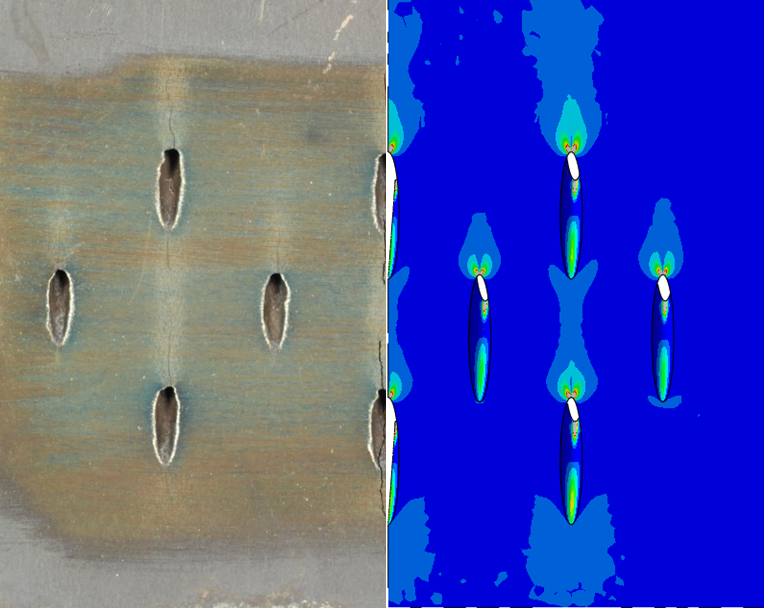Mechanism-based models for lifetime prediction derived from fatigue mechanics
Using mechanism-based damage models, crack propagation under fatigue and creep fatigue loading can be described. The models take into account the material characteristics that change with temperature and thus allow lifetime assessment, including under thermomechanical load.
The starting point for the damage models is the description derived from fatigue mechanics for ductile crack propagation. If the mechanism changes or the complexity of the sequence of loads increases, the basic equations can be extended in relation to material and load. For example, AlSi alloys include brittle phases which can break because of the high matrix strengths at low temperatures under low cyclical fatigue loads; the brittle fracture mechanism overlaps with ductile crack propagation. High strength materials such as nickel-based alloys and austenitic steel show a dependence on the ambient medium. Overlapping damage due to oxidation can be taken into account in accordance with oxygen partial pressure, temperature and load. Complex load scenarios can be dealt with in a similar way. If, for example, in the case of a thermomechanical fatigue load, overlapping thermal fluctuations or mechanical (high frequency) loads occur, these can be integrated into the model by means of corresponding extensions. In this context, not only the current load state, but also the load history can be taken into account for prediction of the current crack propagation.
to top
 Fraunhofer Institute for Mechanics of Materials IWM
Fraunhofer Institute for Mechanics of Materials IWM